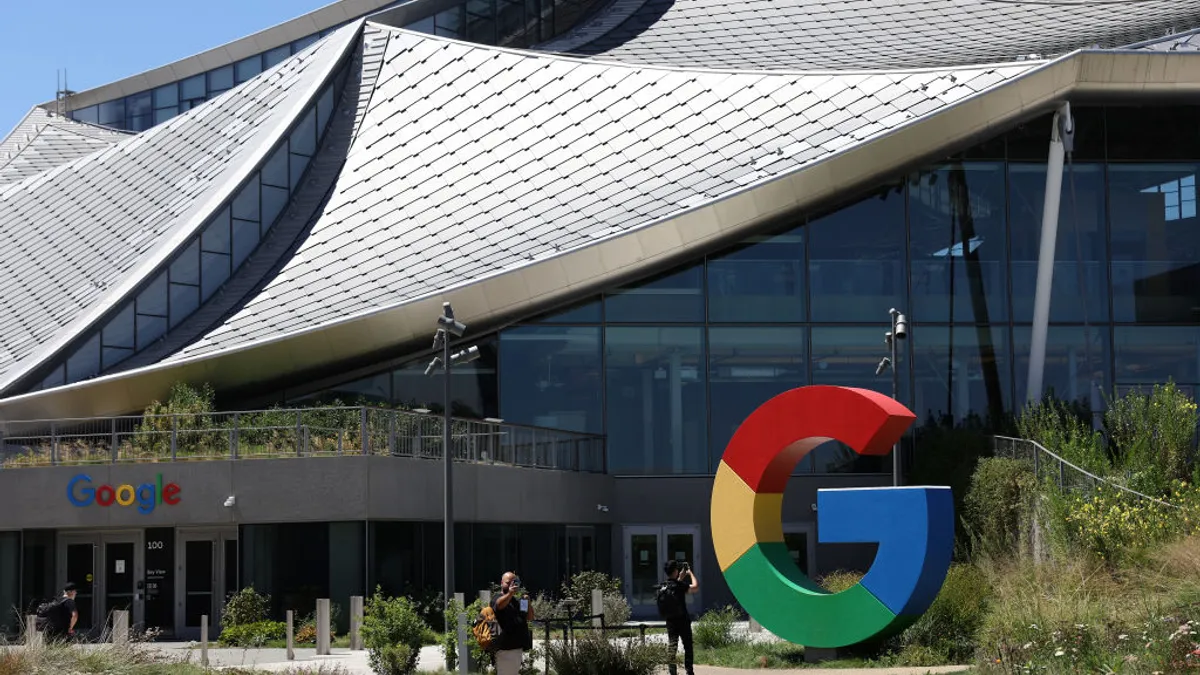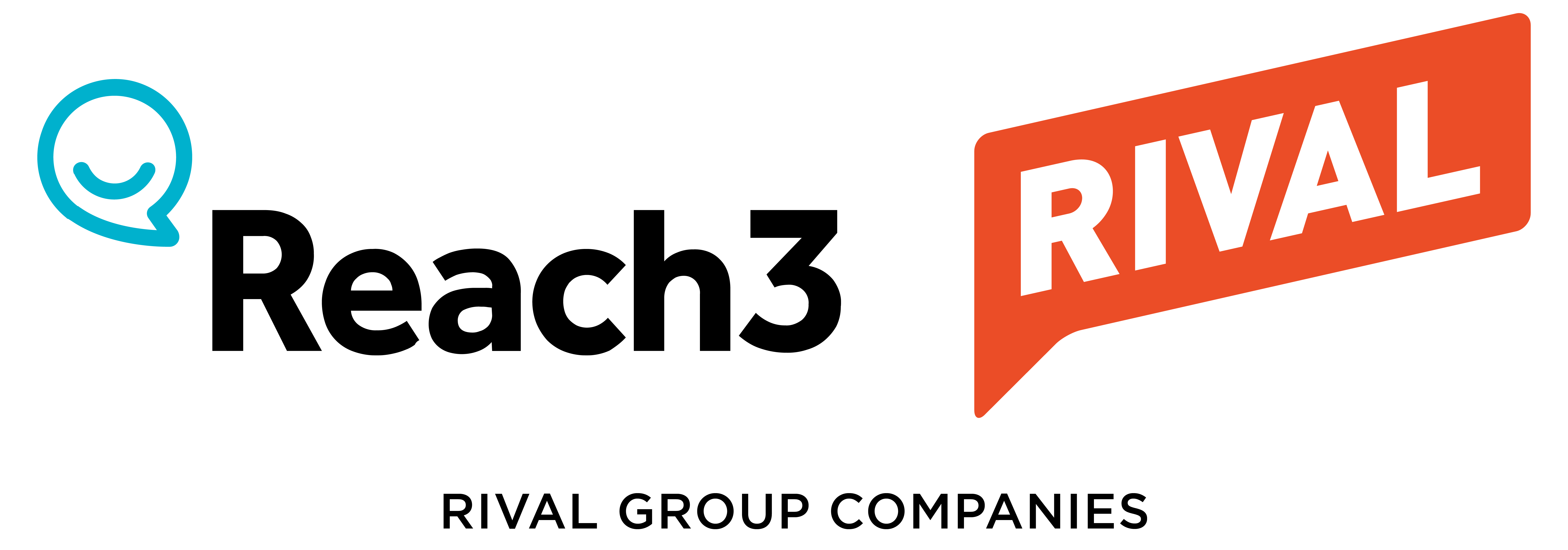One of the biggest challenges facing agencies today is talent retention. After an agency has invested time and money into a recruit, it can be painful to watch that person walk out the door just a few short years later, but it happens all the time.
A number of factors play into the reasons talent move from agency to agency so frequently, including lack of upward career mobility (real or perceived). Agencies also have to compete for talent with startups and in-house teams.
So how can you help to retain quality team members? Try employing some of these tips.
1. Offer genuine praise and credit — and do it often.
This should be implemented on a small scale with simple thank you emails and a public nod in meetings, but it needs to be bigger than that, too. According to a Gallup Poll last year, only 48% of respondents were completely satisfied with the amount of recognition they received for their work. That means over half of those polled feel their employer or managers could do a better job at offering recognition for what they do.
To keep people motivated, find new and ongoing ways to recognize their contributions. Consider opening up your agency blog to all employees. Encourage a culture where employees brag about one another’s accomplishments on the blog. Even something as small as having a byline out in the public eye linking back to employees’ own information is an effective way to offer recognition.
Upper management and the C-suite can have a huge impact on how employees feel they are appreciated. Executives should be aware of, and go out of their way to recognize, the specific contributions each team member makes to the completion of a project.
2. Be crystal clear to new hires.
To a certain extent, there will always be things about a position that will be unexpected, but if your agency is being deceitful in its portrayal of agency life, it can brew a recipe for disaster. Make sure job descriptions are crystal clear to any applicants.
It can be tempting to overpromise in an interview when hoping to recruit the quality of candidate the agency needs, but don’t fall into the trap. It does a disservice to both the agency and the new hire if expectations don’t match reality. The agency may find it has hired the wrong person for what the job actually entails. The employee may be disappointed in a role they weren’t expecting and start looking for a way out.
3. Give employees challenging and engaging work.
Talent needs to be working on projects they actually believe in or enjoy to stay motivated at work. It’s true that agencies will sometimes have to take on boring, easy work to keep clients happy, but make a concentrated effort to keep the percentage of snoozy work to a minimum.
That may be easier said than done, but some agencies have found alternative ways to motivate employees’ work enough to keep them hanging around. For example, Deutsch LA allows employees to pursue outside ideas with their “Side Projects” program. Side Projects offers up agency resources like creative, expertise, and connections. Rather than viewing outside projects as a threat to talent, Deutsch LA realizes that it can help spark creativity and prevent talent from leaving the agency all together to pursue those other options.
4. Stop the culture of long hours.
This is advertising and marketing, not a life or death situation. Will there be some times in an agency cycle that overtime will be necessary? Yes. That is unavoidable. What can be avoided, however, is encouraging working for long hours just for the sake of showing dedication. To put an end to that type of thought process, reward employees based on the work they complete, not the hours they clock.
Employee burnout doesn’t just cause talent loss, it can be quite dangerous to employees’ health. This fact sadly made headlines last month when a 24-year-old copywriter from Y&R in Indonesia passed away after tweeting she had been working “30 hours and still going strooong.”
In addition to changing the culture, stop bringing on so much work that it can’t be done without working 12-hour days. Learn to give realistic expectations to clients on how long something will take to be done well. Projects and employee morale will benefit from accurate timelines.
5. Make the office space somewhere employees want to work.
If you have to get up early, fight traffic, and trudge into work every day to give eight or more hours of your life away, you should be able to do it in a comfortable, functional work environment. Making the investment to have a “hip” space may not seem ideal to your bottom line in the short term, but if it helps you retain talent in the long run, it will be worth it.
This can be done with even simple things, like offering ergonomic and comfortable chairs and desks. You want talent to feel comfortable and be healthy in the place they sit for most of their week. Small perks like free coffee, snacks, or a ping-pong room, so employees can move around, are low cost, but can be huge in improving morale. Why do you think startups are so attractive to young talent? Sure, it can be the fast pace and exciting work, but startups get another thing right — they have sweet offices.
On top of simple aesthetics and perks, make absolutely certain employees have the technology and equipment they need. Don’t stick your designers with a 15-inch computer screen. Make sure your Internet connection runs fast enough, and if you don’t have wi-fi in the office, please move into this century. These little annoyances become big deal breakers when employees have to deal with them day-in and day-out.
Would you like to see more marketing industry news and information like this in your inbox on a daily basis? Subscribe to our Marketing Dive email newsletter! You may also want to check out Marketing Dive's look at 5 big marketing hires to watch in 2014.












